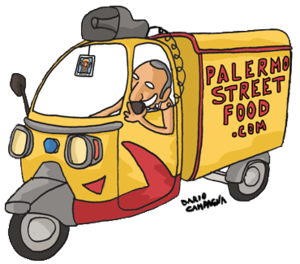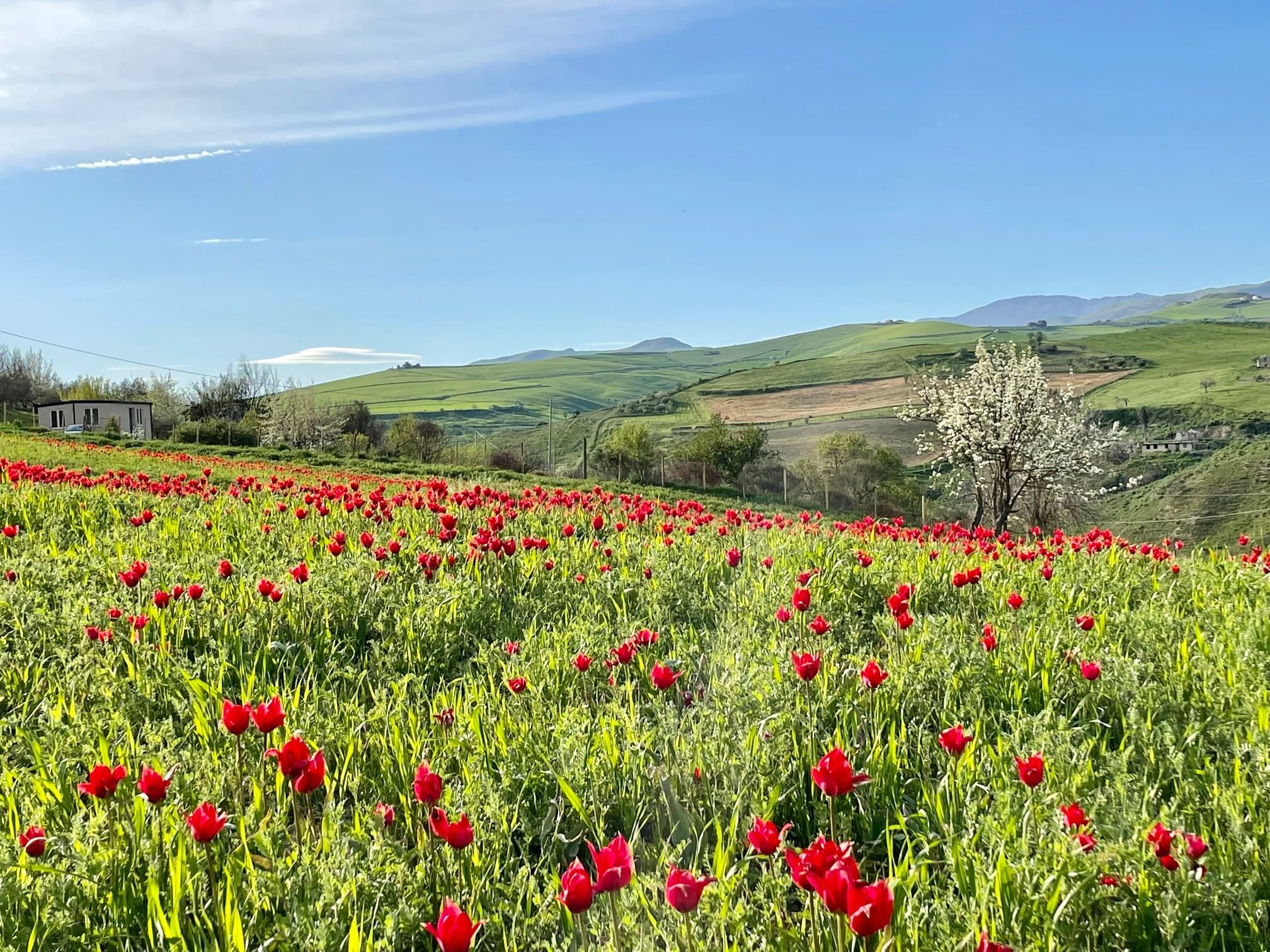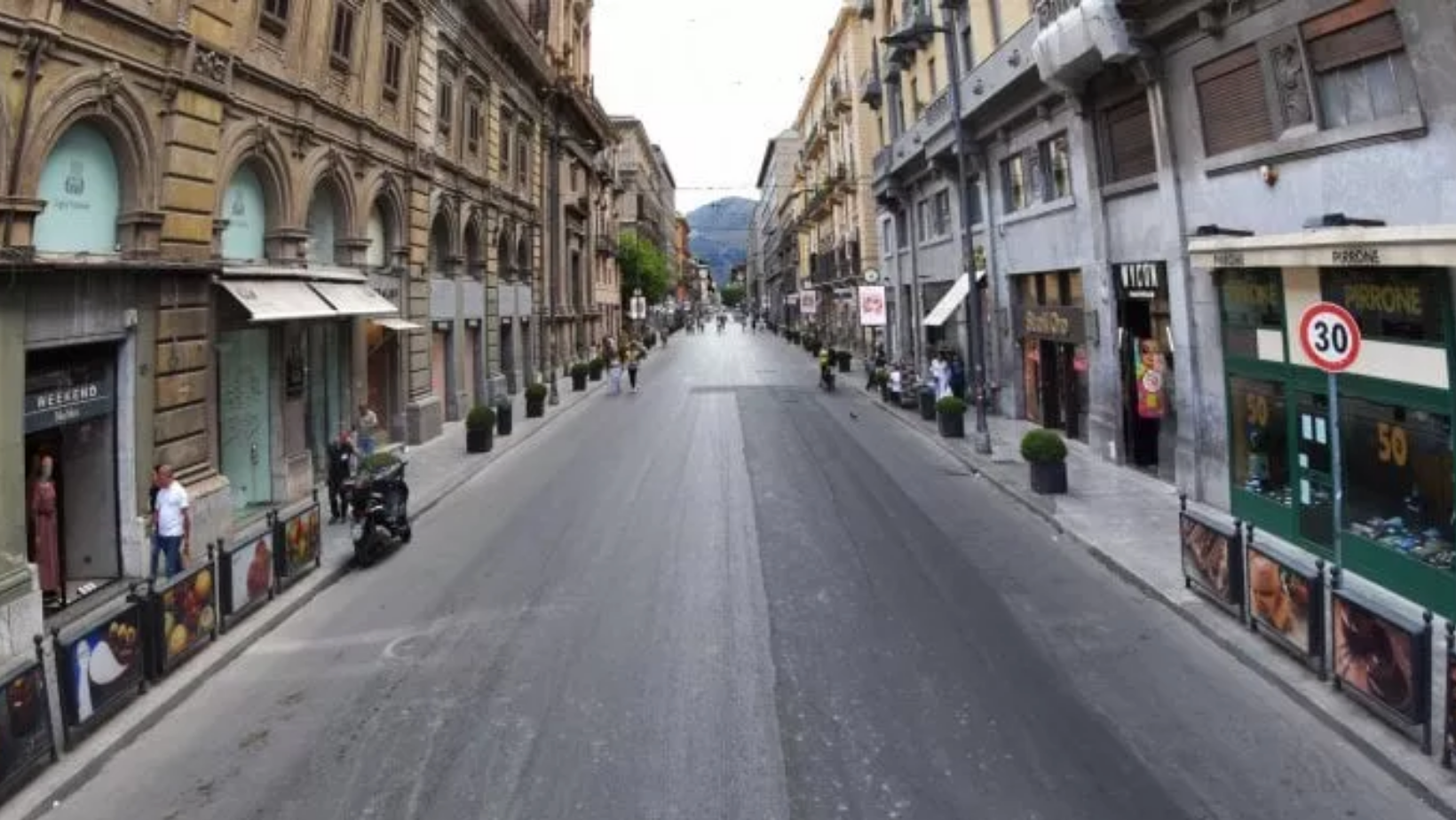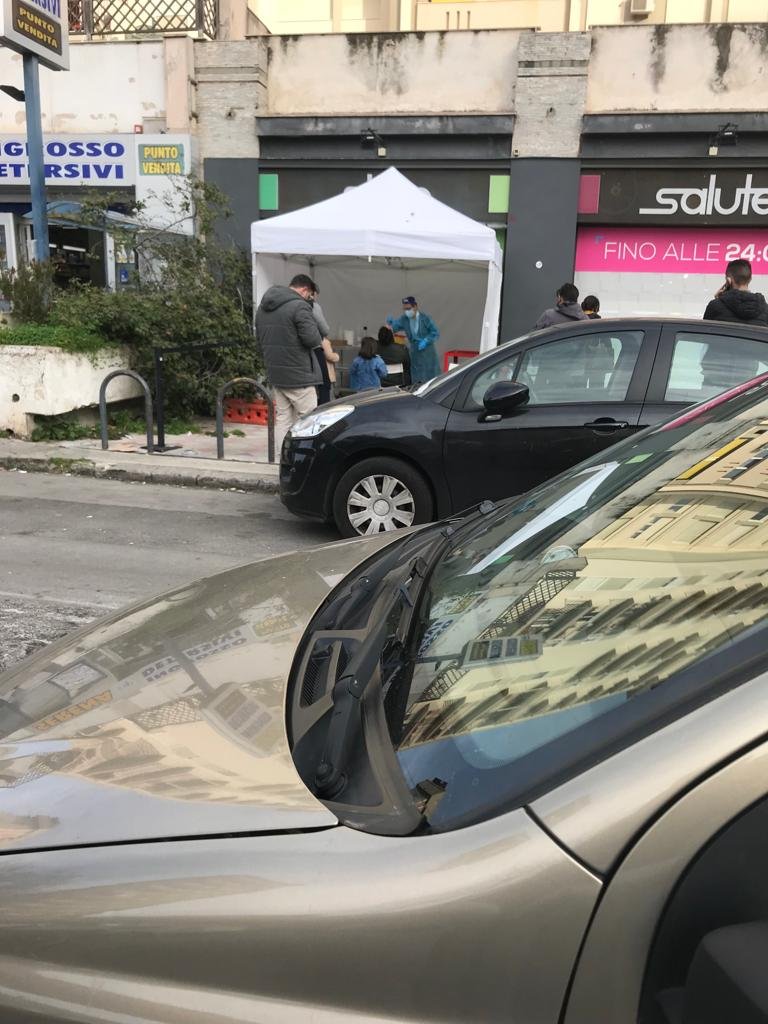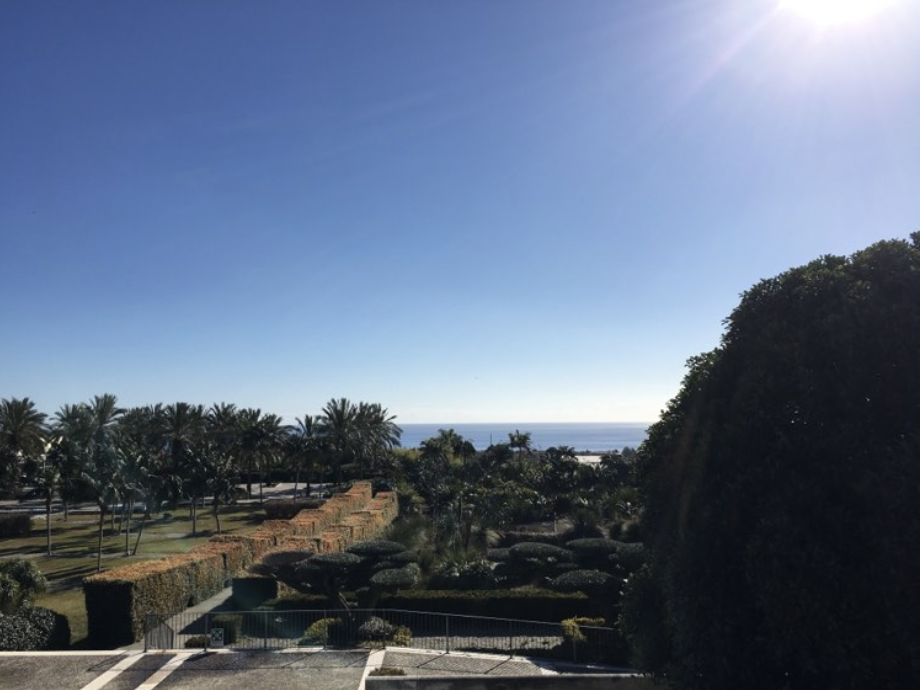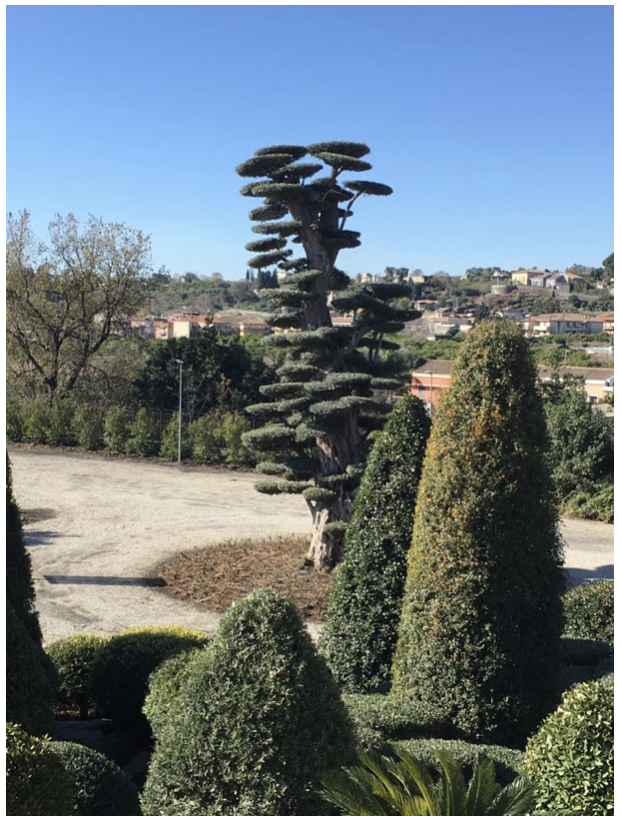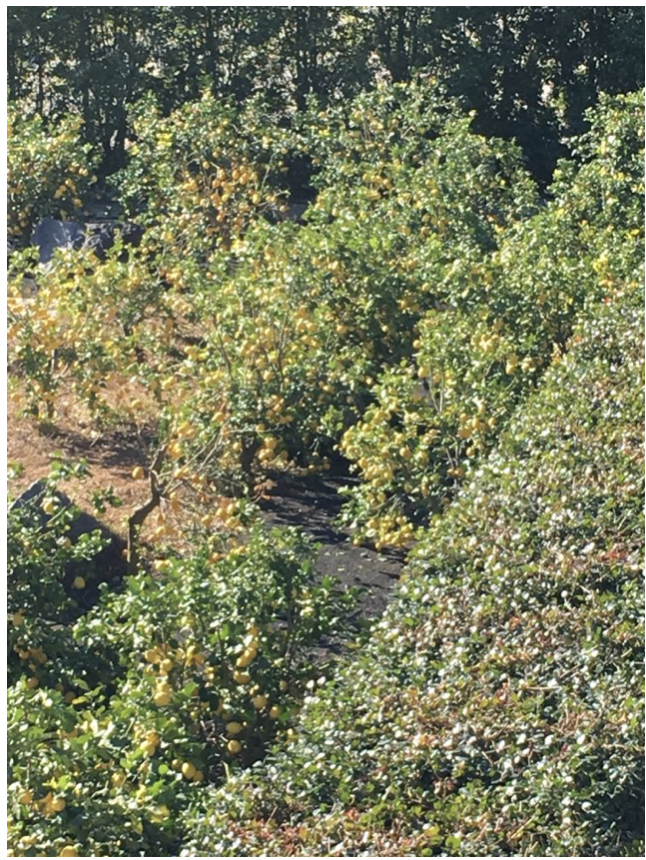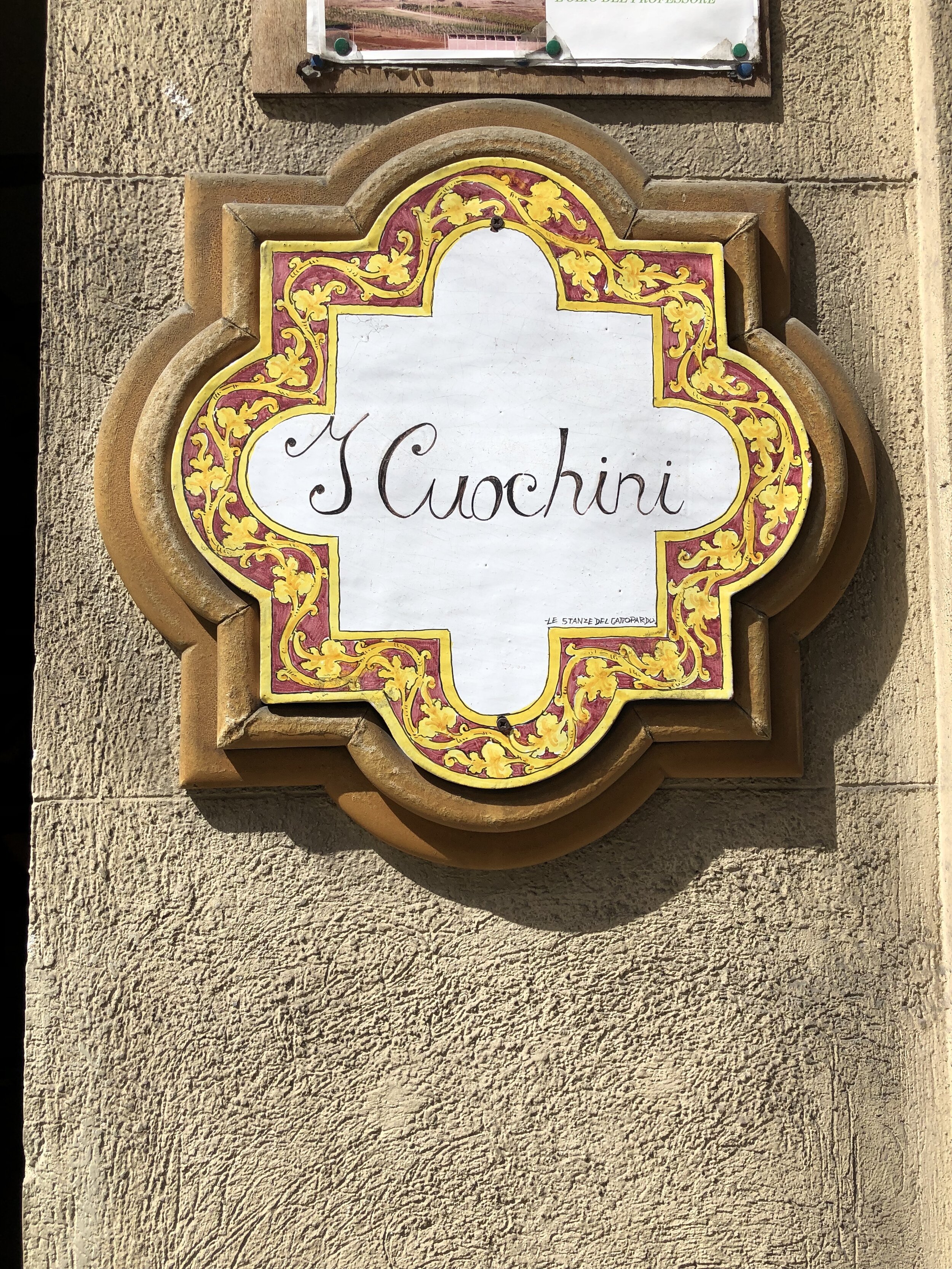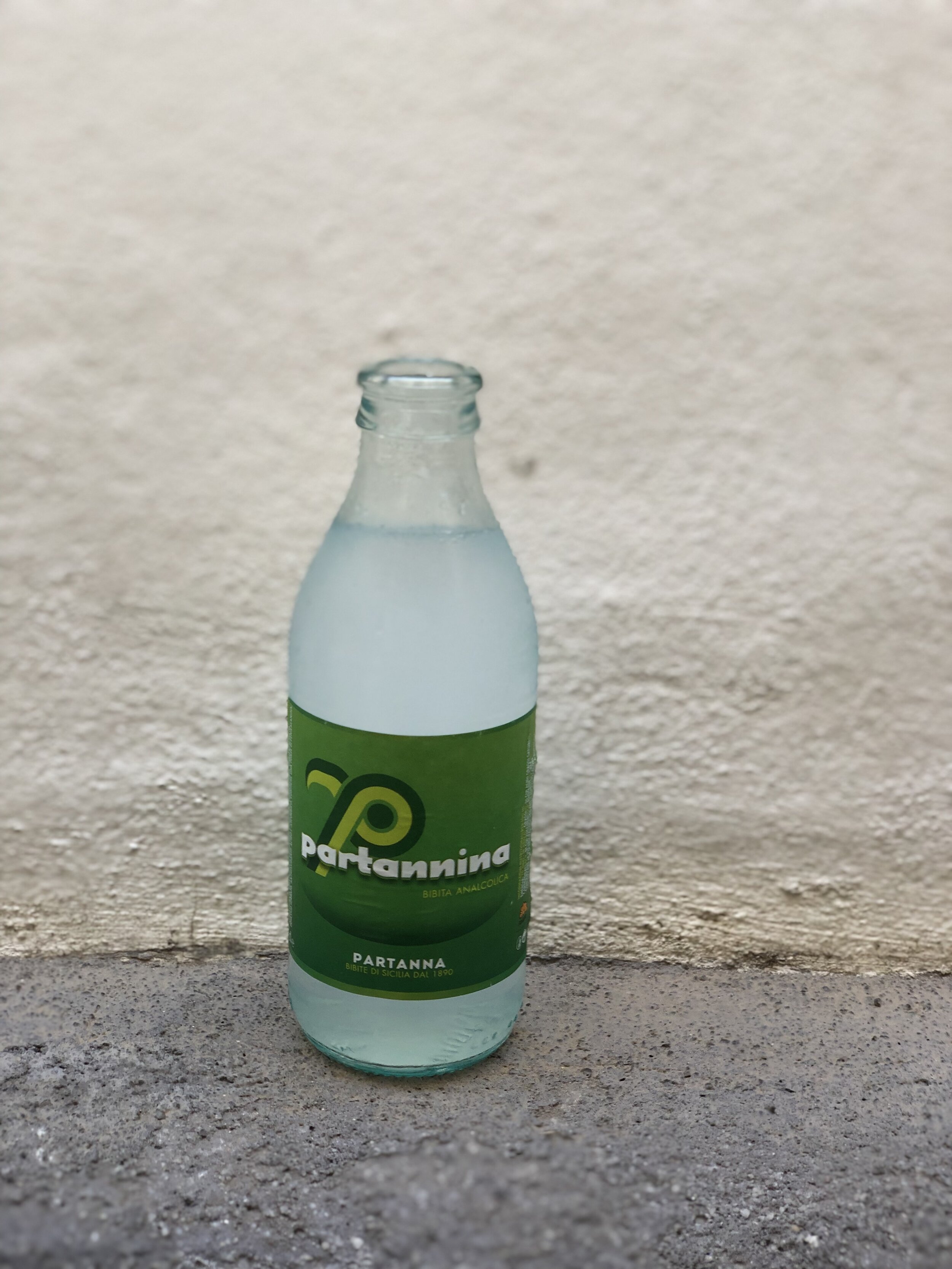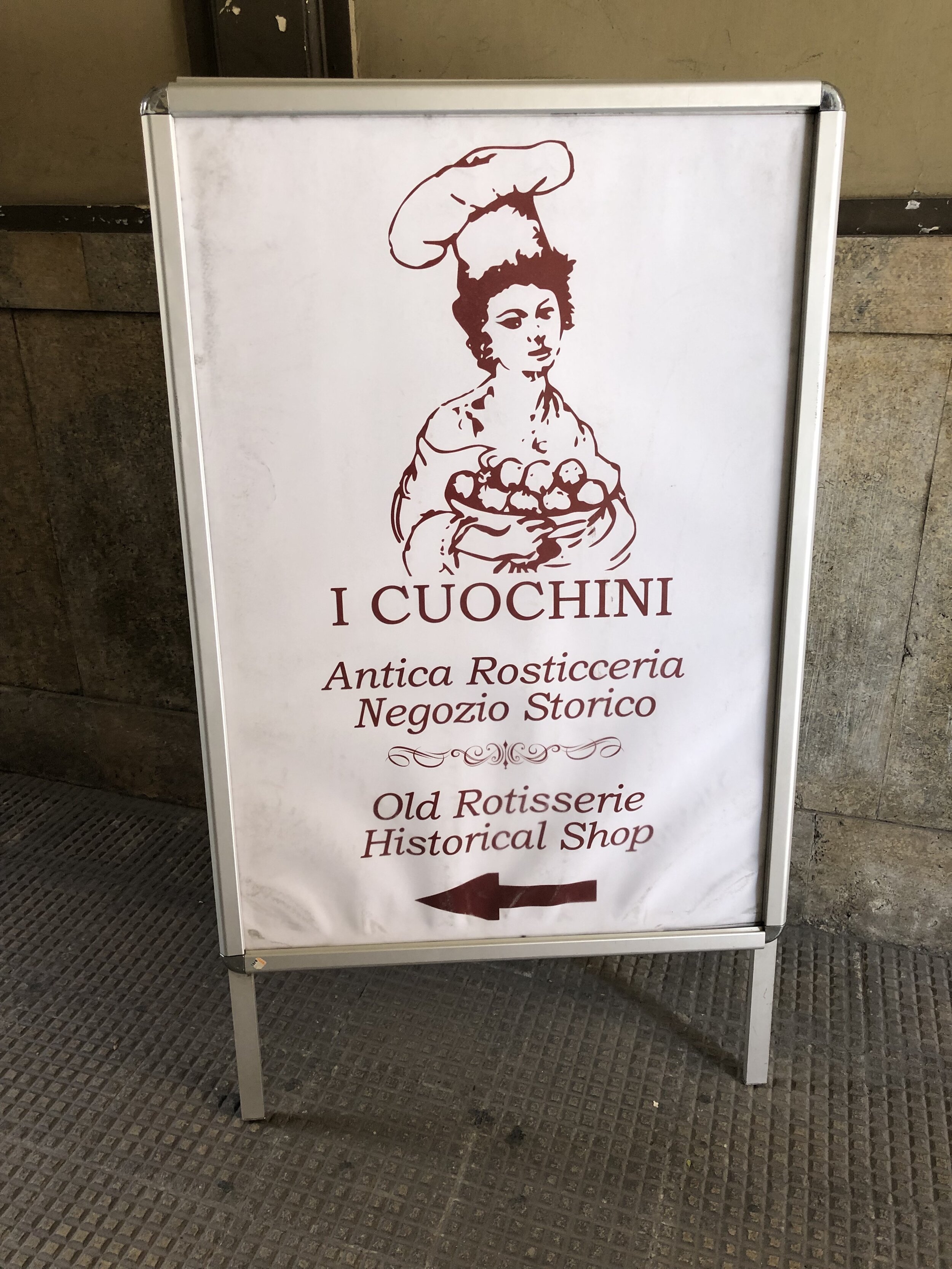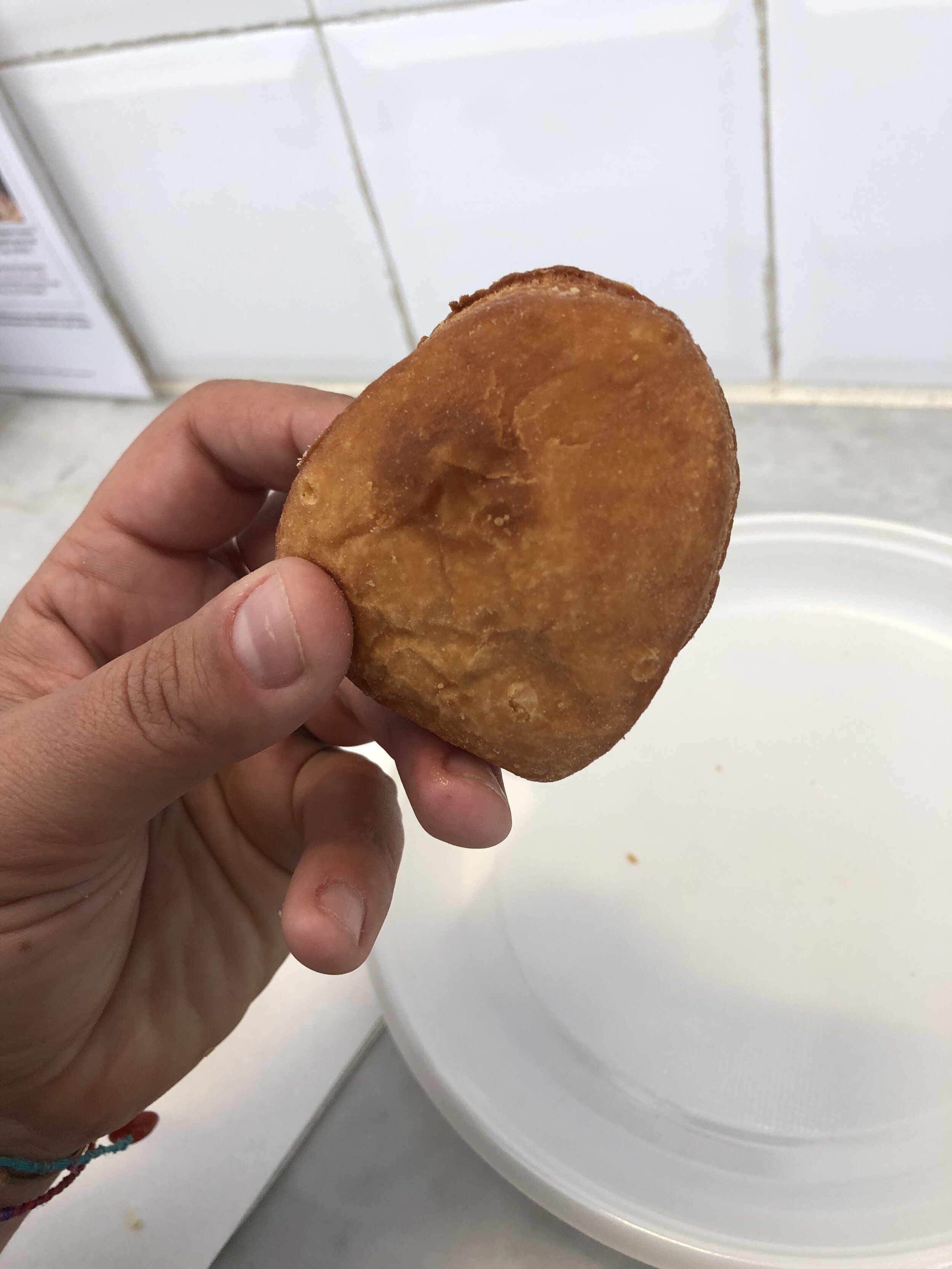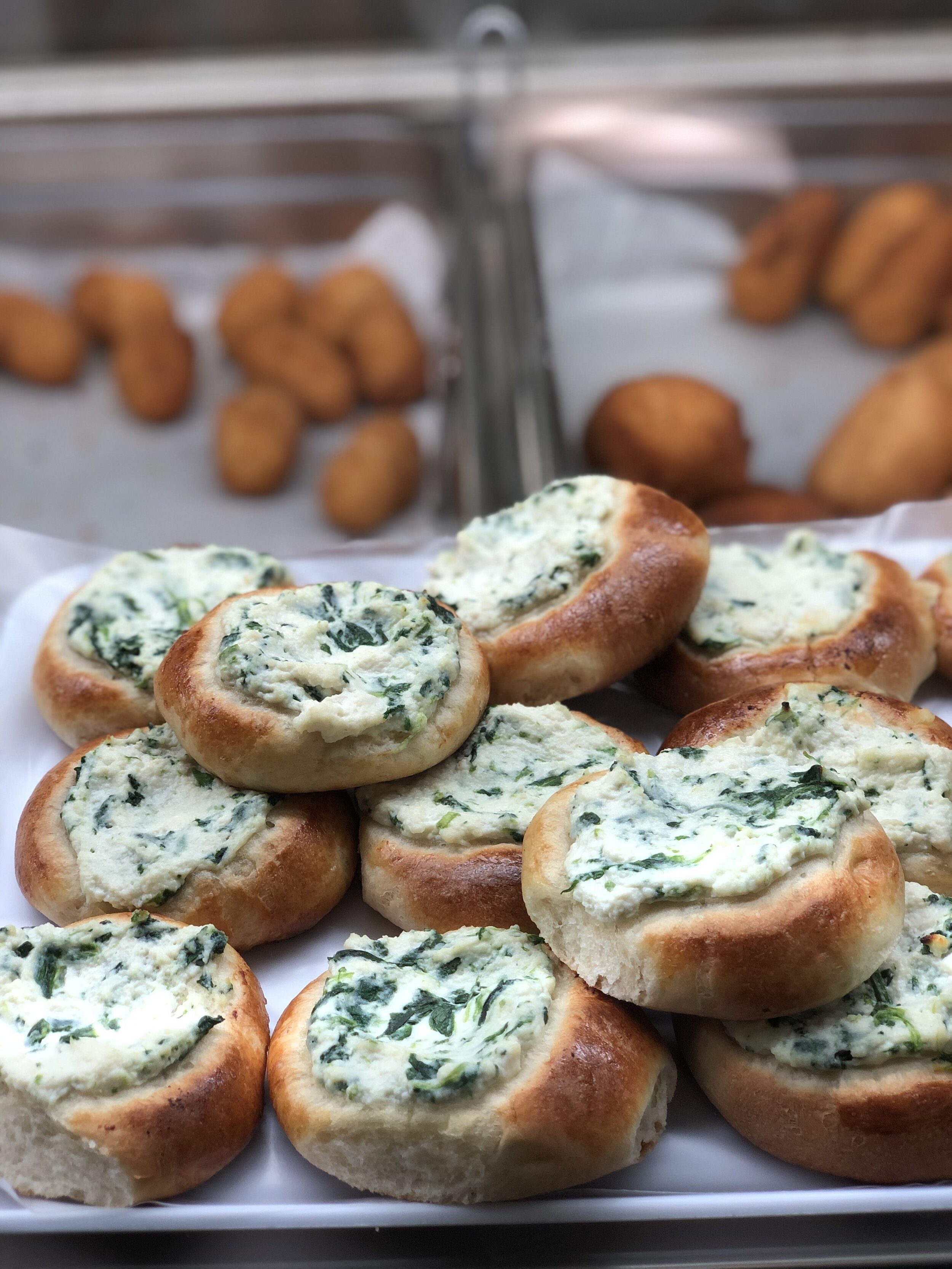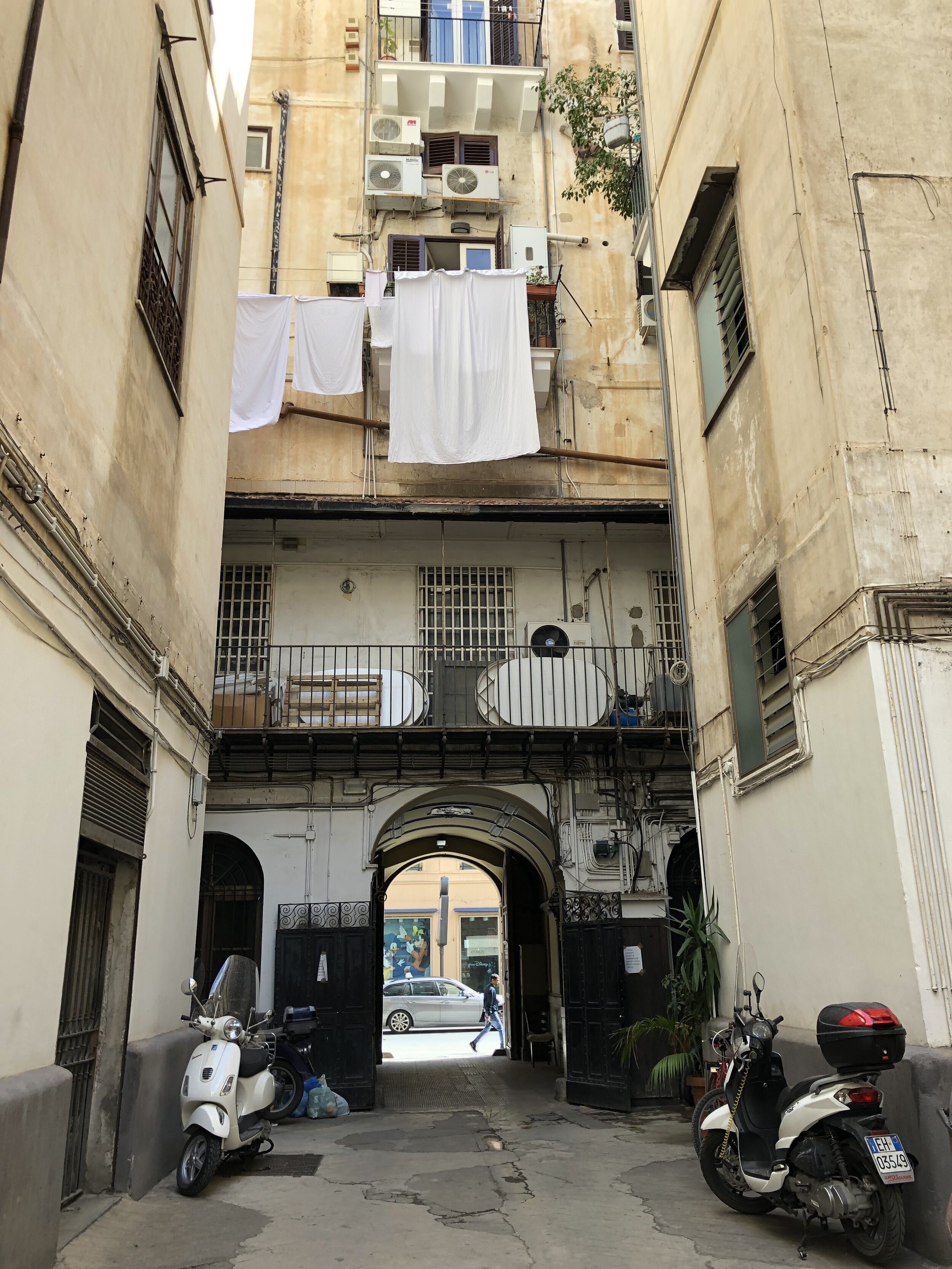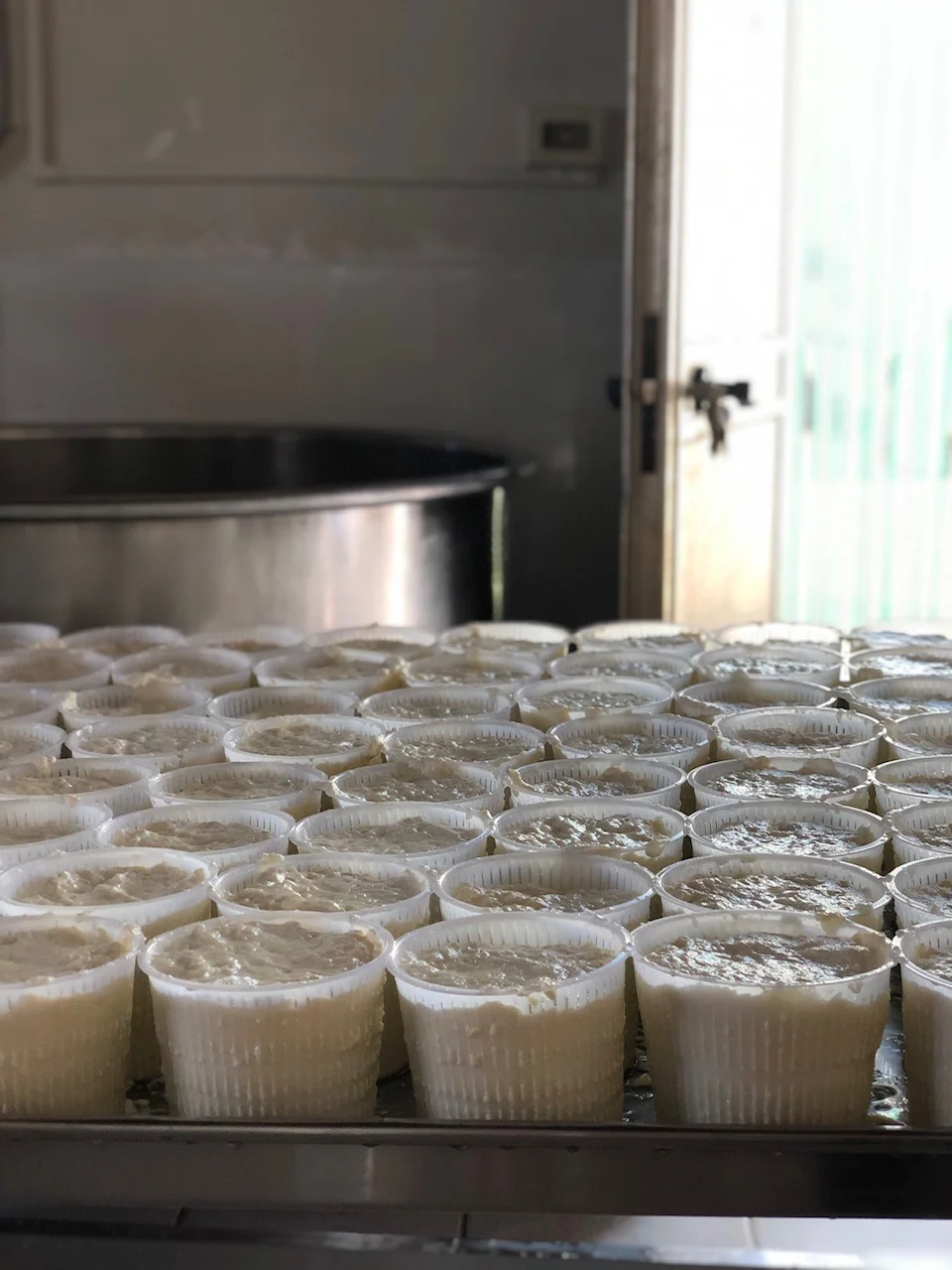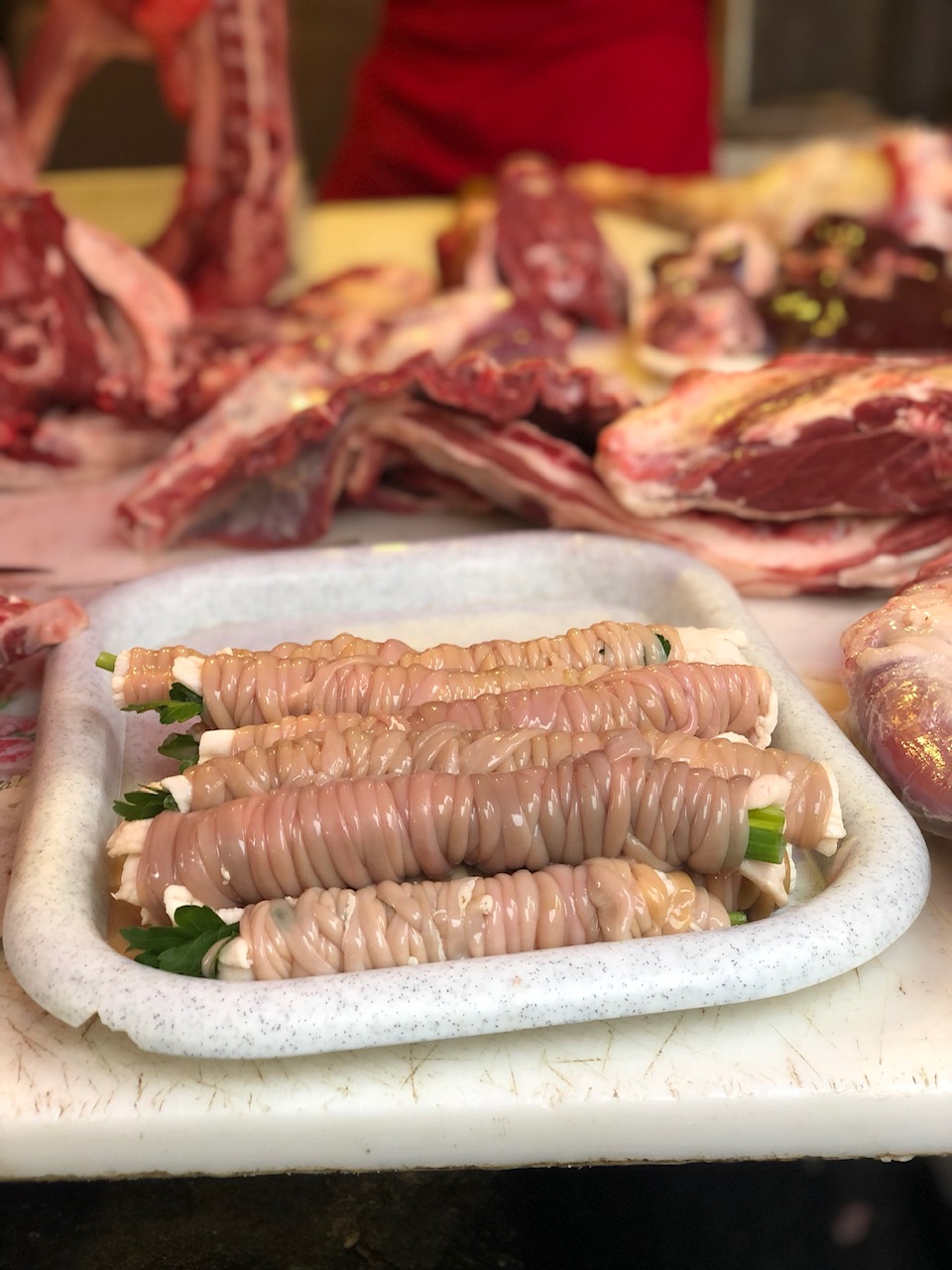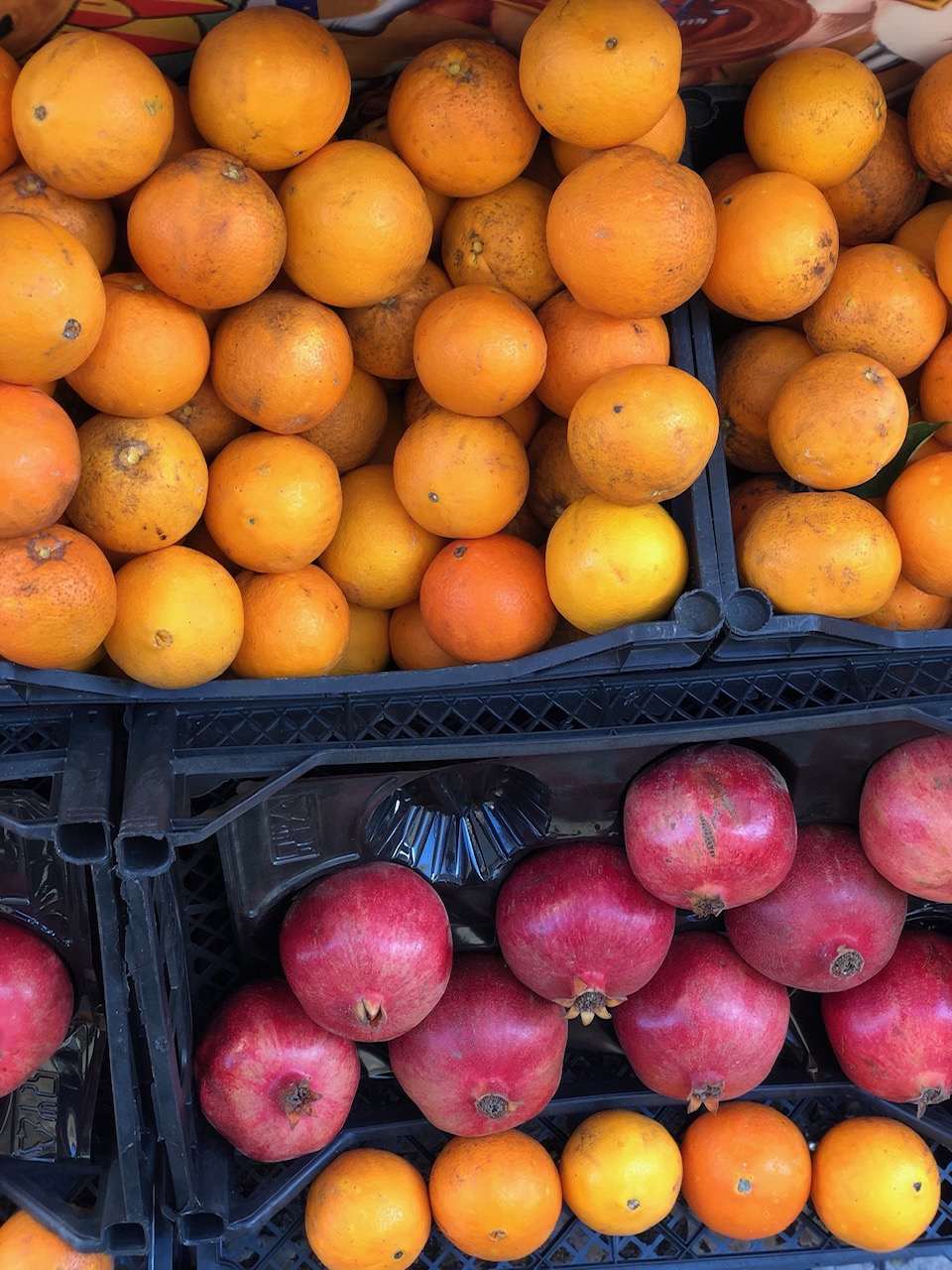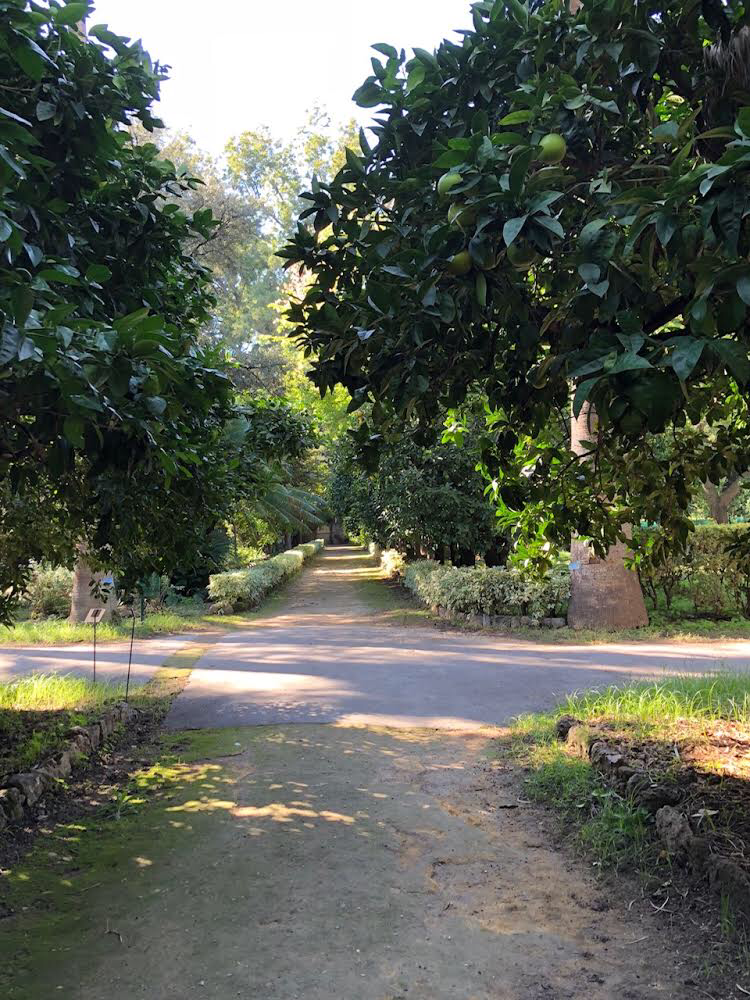As soon as you set foot in Palermo you will immediately realize that, along with Italian, the Sicilians also speak their own language, Sicilian, a language in which traces of Arabic, Spanish, French and even Greek are mixed.
As happens with all languages, there are certain words and expressions that are untranslatable and express the identity of the place better than anything else. Some of Sicilian words have become a kind of trademark of the island by its own right.
On Instagram, different profiles help us to learn some Sicilian words in a funny way, but if you have a finely tuned ear, you will surely be able to pick them up on the fly on any street you pass by. And if not, just look around and you'll find them stamped on souvenirs of all kinds or in the windows of talented artists.
Here is a brief guide that every traveler should know:
- Minchia!, literally it means "penis" and is certainly the most used expression in Sicily. It is used to express surprise and can be easily inserted into any part of the conversation. It also has derivatives, such as minchiata, if you have said or done something you shouldn't have, then: hai fatto una minchiata!
- Camurria: almost anything that bothers you or tires you or bores you is a camurria. For example, when you have to return home after your holidays in Sicily, you would say: Che camurria! Or when the time to pack your suitcase will arrive, then you would describe that action as camurriosa.
- Futtitinni: more than a word, it is a philosophy of life. If you have a difficulty or a problem, futtitini, this is, go ahead, don't worry and enjoy yourself, because that thing it's not that important. Have you missed the plane? You can’t go back home? Futtitinni!
- Che duci!, in Italian it would be dolce, in English, how sweet. It is used for food, of course, but especially for people. Did you have a nice detail with someone? Then you've been duci!
- Arricriarsi: if an Italian enjoys, a Sicilian s'arricrìa. Arricriarsi is not just to be well or to have fun, but it has an extra nuance, there is a feeling of fullness, of great pleasure. You say this when you have lived that perfect moment that has it all what you need.
